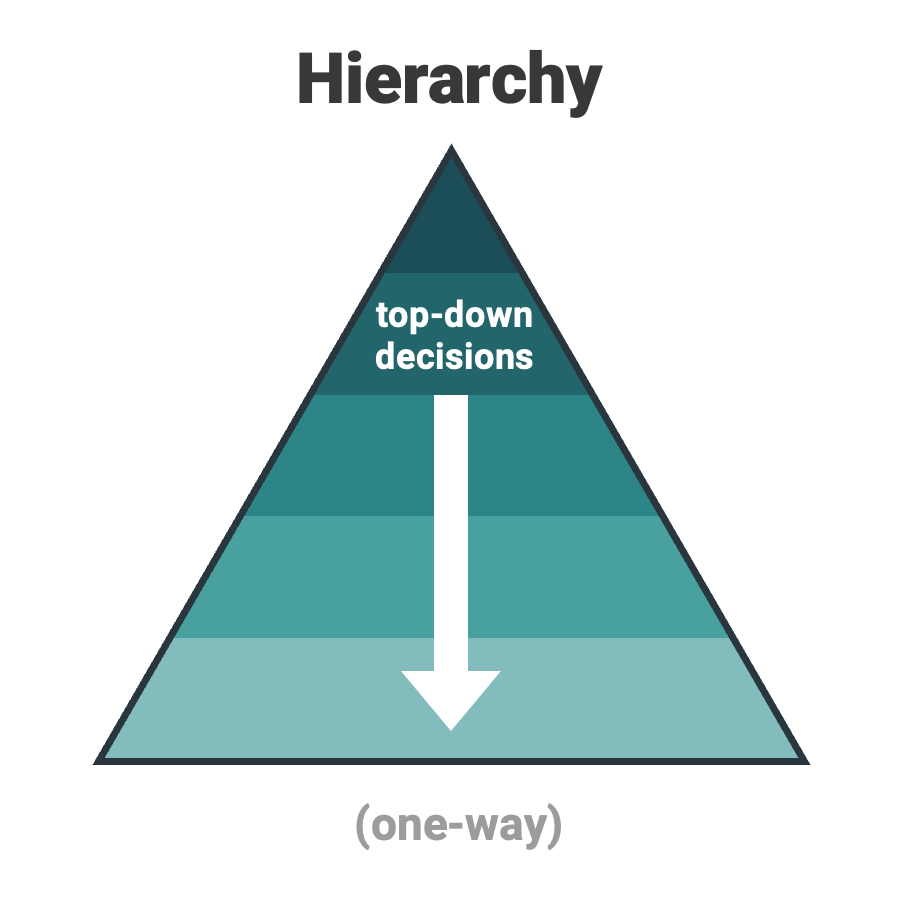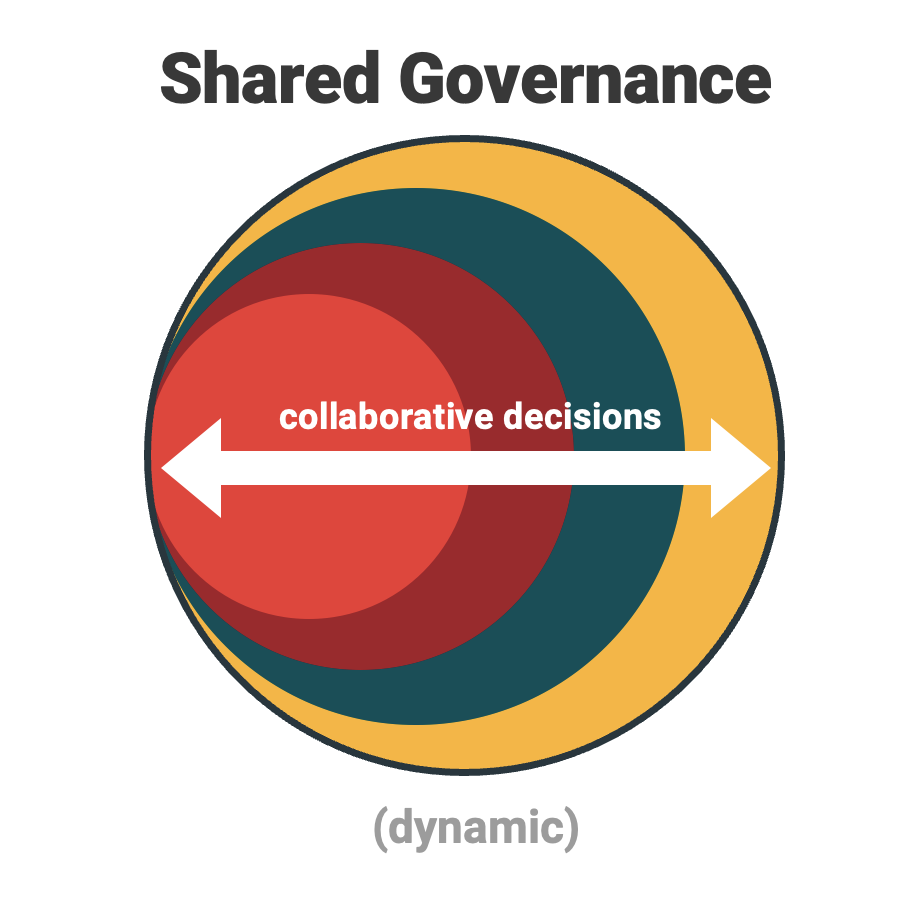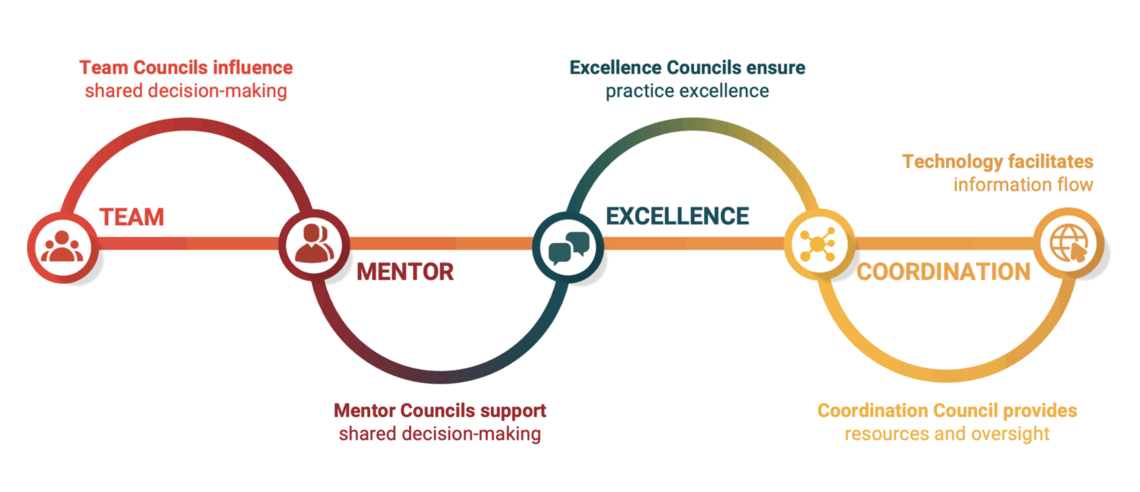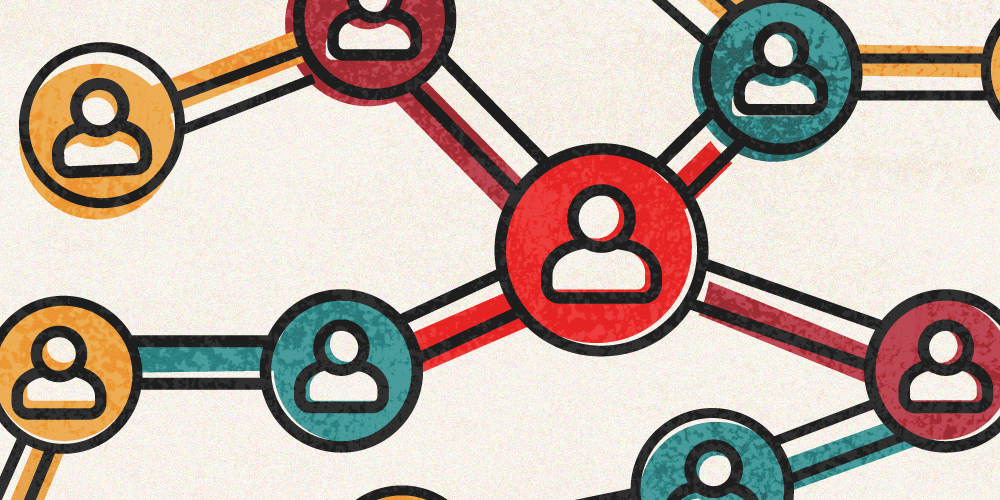Download The Basics
- What is Nursing Shared Governance?
- Who can participate?
- How does it work?
- When is it happening?
Click here to download the Nursing Shared Governance Basics PDF now.
his July, University of Utah Health Department of Nursing will implement a system-wide shared decision-making model called Nursing Shared Governance. This evidence-based framework empowers teams to share knowledge, build clinical expertise, and work collaboratively to identify and address local problems and explore ways to solve them.
Nursing Shared Governance is a pillar of the ANCC Magnet culture. Introducing the structures and processes that support system-wide shared governance moves us one step closer to achieving a culture of nursing excellence.
Why does shared governance matter?
Nursing Shared Governance distributes decision-making closest to the point of care by empowering nursing teams to make decisions about patient care, clinical practice standards, policy, professional development, and evidenced-based care.
How does shared decision-making work?
Shared governance flattens traditional top-down hierarchical decision-making by introducing a coordinated governance model, called a Councilor Model. This model is supported by Shared Governance Bylaws, which are standards that guide governance policies and procedures.


To accelerate information transfer and communication within and across groups, we leverage collaborative technologies already familiar to our nursing teams.

The power of this distributed decision-making process lies in our collective strengths: Every member of the Department of Nursing regardless of role participates in shared governance. An environment of clinical excellence is inclusive of all voices, particularly those closest to the point of care. By collaborating with nurses and allied health partners we can more accurately identify issues, determine root causes, and work together to solve problems.
The impact: When everyone contributes, everyone benefits.
Providing clinical staff with the autonomy to determine their practice and share accountability for decisions impacting processes, policies, and procedures at the point of care, results in an empowered clinical workforce. Implementing shared governance has been shown to increase staff engagement, reduce turnover, and improve patient safety and quality outcomes.
Case Study
By following the shared governance process, all staff can contribute to address even the most complex issues. Let’s look at a department-wide improvement case study:
|
1. A Problem, Idea, or Need (PIN) is identified: Professional Certification rates are low throughout the organization. An action plan must be implemented to increase the certification rate to qualify for Magnet Designation. 2. The PIN is submitted to Coordinating Council for discussion: Magnet Program Director Gigi Austria presented the issue at the monthly Coordinating Council meeting. As Coordinating Council membership ranges from bedside nursing to system-level leadership, it is ideally situated to address system-wide PINs. One member shared that a few units were already working on improving certification rates in their areas. Two other leadership members shared that some leaders assumed that certification rates would eventually increase since the organization began reimbursing RNs for certification exam costs. 3. Coordinating Council engages in shared decision-making: The Coordinating Council voted to advance the issue to the Professional Development and Recognition Council (PD&R), one of the Nursing Practice Excellence Councils, to ensure RN professional certification became an organizational priority. Upon concluding the meeting, the Coordinating Council Chair posted an update on the shared governance website advancing the problem electronically to the PD&R Excellence Council members for review. 4. PIN is advanced for Excellence Council Review: The PD&R Excellence Council Chairs invite representatives from units already addressing the issue to join their upcoming meeting to share what they had learned. Additionally, they issued a questionnaire through the shared governance website to all nursing staff to gain insight to barriers to obtaining certification, uncovering the following reasons: Lack of knowledge, test anxiety, cost of testing and review materials, lack of review classes or on-site resources, no added recognition or other motivating factors, burnout and inability to find time without affecting work-life balance. 5. PIN is resolved: Throughout the shared governance process, nurses took the lead in developing and implementing an action plan to address identified barriers, leaders provided the necessary resources, and other departments were assigned to support efforts. These departments included Clinical Staff Education, Human Resources, and the Resiliency Center, which provides essential workforce well-being resources. |
This example illustrates the power of collaboration at scale. When we ensure the input and involvement of our teams, we assure that the root causes of problems are identified, and that the solutions are meaningful to those most affected.
Shared governance isn’t just for complex problems, it supports even the smallest everyday challenges confronted by our teams. Over the coming year, we will bring you case studies that apply this model to every level of problem solving.
Building on our existing strengths
From the moment I became Magnet Program Director I have witnessed tremendous dedication, department-wide collaboration, support from organizational leaders, and remarkable professionalism across our entire nursing department. By implementing Nursing Shared Governance, we are simply cultivating the best of what we are already doing in a more coordinated way.
This is how we begin our journey toward achieving nursing excellence—with shared governance as the foundational structure and empowered staff as the driving force.
Mary-Jean (Gigi) Austria
Shared governance is a decision-making model designed to empower the people who care for patients. Chief Nursing Officer Tracey Nixon explains what it is, how it impacts you, and what to expect in the coming months.
Magnet program director Gigi Austria and quality manager Dane Falkner explain how problem-solving structures like Shared Governance and Value Culture complement each other. When practiced together, these approaches can be a recipe for optimal outcomes.
The Shared Governance Support Team has developed a list of resources for new shared governance leaders to equip them to lead and guide team members in engaging in shared decision-making at the local level.
